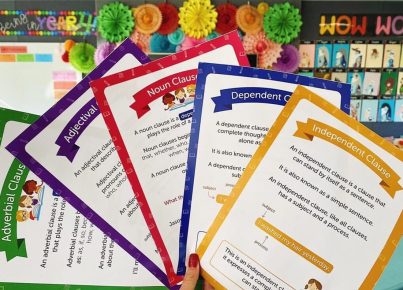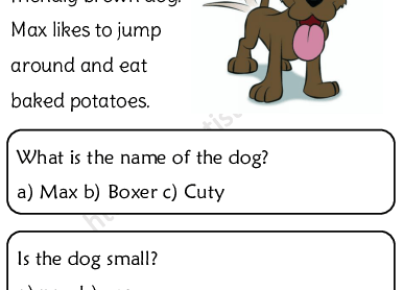Teaching spelling is an essential component of literacy education, but it is often fraught with challenges. This article aims to unpack the fundamental building blocks necessary for effectively teaching spelling to learners of all ages.
The first building block is phonemic awareness. This is the ability to hear, identify, and manipulate individual sounds—phonemes—in spoken words. It’s crucial because it helps students understand that words are made up of smaller units of sound that can be segmented and blended. Activities like rhyming, clapping out syllables, and playing with sound matching games can develop this skill.
Next is understanding phonics, which is the relationship between phonemes and their written symbols—or graphemes. Explicit instruction in phonics involves teaching children how to connect sounds with letters or groups of letters. It helps them decode new words and understand the structure of the English language.
The third building block is vocabulary development. Knowing a word’s meaning aids in its spelling because a rich vocabulary supports the mental pictures or definitions students have for words when they are spelling them out.
Morphology, which refers to the structure of words and their component parts—roots, prefixes, and suffixes—is another crucial aspect. By learning about common morphemes in English, students can spell many words correctly by understanding their meaningful components.
Spelling patterns and generalizations constitute yet another foundational element. English is often criticized for its irregularity, but there are patterns that can help guide learners in how words are spelled (e.g., “i” before “e” except after “c”).
Visual memory plays a role as well; being able to recall the visual representation of a word enhances spelling accuracy.
Lastly, one must not forget about consistent practice and reinforcement through writing activities, structured lessons, and exposure to wide reading materials.
By focusing on these building blocks—phonemic awareness, phonics, vocabulary development, morphology knowledge, recognition of spelling patterns and rules, visual memory strategies—and regular practice, educators can provide learners with the tools they need to become proficient spellers.





